Sansevieria Black Gold
Sansevieria Black Gold, often referred to as Black Gold Snake Plant or Black Gold Mother-in-Law’s Tongue, is a popular variety of the Sansevieria genus. It is prized for its striking appearance, with deep green leaves edged in bright yellow, offering a bold contrast that makes it a favorite among indoor plant enthusiasts.
Key Characteristics:
- Scientific Name: Sansevieria trifasciata ‘Black Gold’
- Common Name: Black Gold Snake Plant, Black Gold Mother-in-Law’s Tongue
- Family: Asparagaceae
- Type: Succulent, perennial plant
Appearance:
- Shape:
- Sansevieria Black Gold has tall, sword-shaped leaves that grow upright in a rosette formation. The leaves typically reach heights of 1-3 feet (30-90 cm), with some mature plants growing even taller under ideal conditions.
- Leaves:
- The leaves are dark green with a glossy finish, accented by a bright yellow margin along the edges. This distinct variegation gives the plant its “Black Gold” name. The leaves are thick and leathery, making the plant highly resilient.
- Growth Habit:
- This variety grows in an upright, vertical fashion, forming clumps over time as it produces offsets (pups). The slow-growing nature of this plant makes it easy to maintain, as it rarely needs repotting.
Growing Conditions:
- Light:
- Sansevieria Black Gold thrives in bright, indirect light but is highly adaptable and can tolerate low light conditions. However, to maintain the vibrant yellow edges, more light is preferable. It can also handle some direct sunlight, though too much may cause leaf burn.
- Soil:
- Well-draining soil is crucial for this plant. A cactus or succulent potting mix works well, or you can amend regular potting soil with sand or perlite to improve drainage.
- Watering:
- Water thoroughly, but allow the soil to dry out completely between waterings. Overwatering can lead to root rot, which is the most common problem for snake plants. During winter, reduce watering as the plant enters dormancy.
- Temperature:
- The ideal temperature range for Sansevieria Black Gold is between 60-85°F (16-29°C). It can tolerate warmer temperatures but should be kept away from cold drafts or freezing conditions, which can damage the plant.
- Humidity:
- Sansevieria Black Gold is well-suited to low-humidity environments and thrives in average household humidity levels.
Care and Maintenance:
- Fertilization:
- Fertilize sparingly during the growing season (spring and summer) using a diluted, balanced houseplant or succulent fertilizer. Once a month is generally sufficient. Avoid fertilizing in the winter when the plant\’s growth slows.
- Pruning:
- Pruning is typically unnecessary for this plant. However, you can remove any yellow or damaged leaves at the base to maintain its neat appearance.
- Propagation:
- Sansevieria Black Gold is easily propagated by separating offsets (pups) or by leaf cuttings. When propagating through cuttings, allow the cut edge to callous for a few days before planting it in well-draining soil.
Special Considerations:
- Toxicity:
- Like other Sansevierias, the Black Gold variety contains saponins, which are mildly toxic to pets and humans if ingested. Symptoms may include nausea, vomiting, and diarrhea, so keep the plant out of reach of pets and small children.
- Pest Resistance:
- Sansevieria Black Gold is generally resistant to pests but may occasionally suffer from infestations of mealybugs or spider mites. Regular inspections and treatment with neem oil or insecticidal soap can keep these pests at bay.
Aesthetic and Ornamental Value:
- Indoor Plant: Its dramatic, upright leaves with bold yellow margins make Sansevieria Black Gold a great statement piece for homes or offices. Its architectural look adds vertical interest, and it thrives with minimal care.
- Outdoor Plant: In warmer climates (zones 9-11), this plant can be grown outdoors in containers or gardens, particularly in xeriscaping or low-water-use landscapes.
Summary:
Sansevieria Black Gold is a robust, easy-to-care-for plant that stands out with its bold, dark green leaves and bright yellow edges. Ideal for indoor spaces, it adapts to a range of light conditions and requires minimal watering, making it perfect for both beginners and seasoned gardeners. While it is relatively pest-resistant and thrives in most environments, it should be kept away from pets and children due to its mild toxicity. This low-maintenance beauty is a popular choice for adding structure and color to any space.


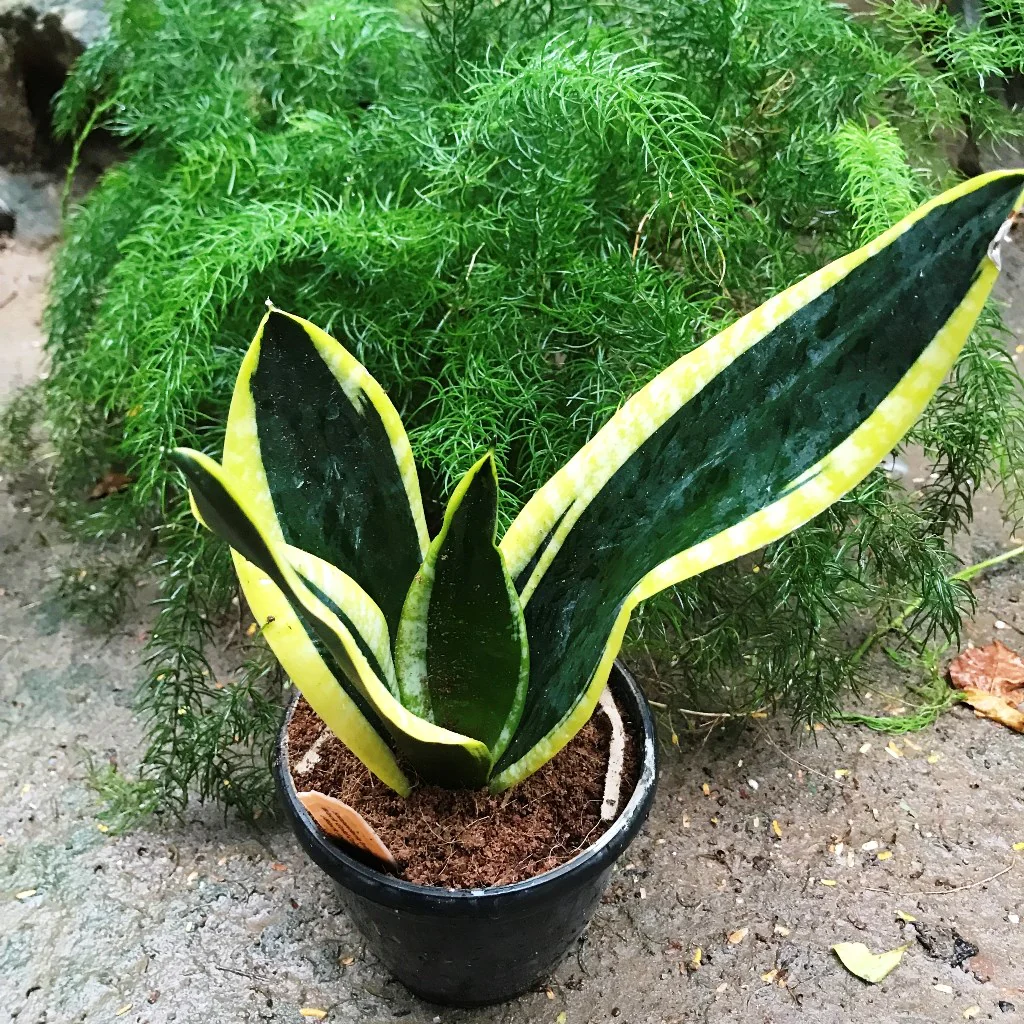
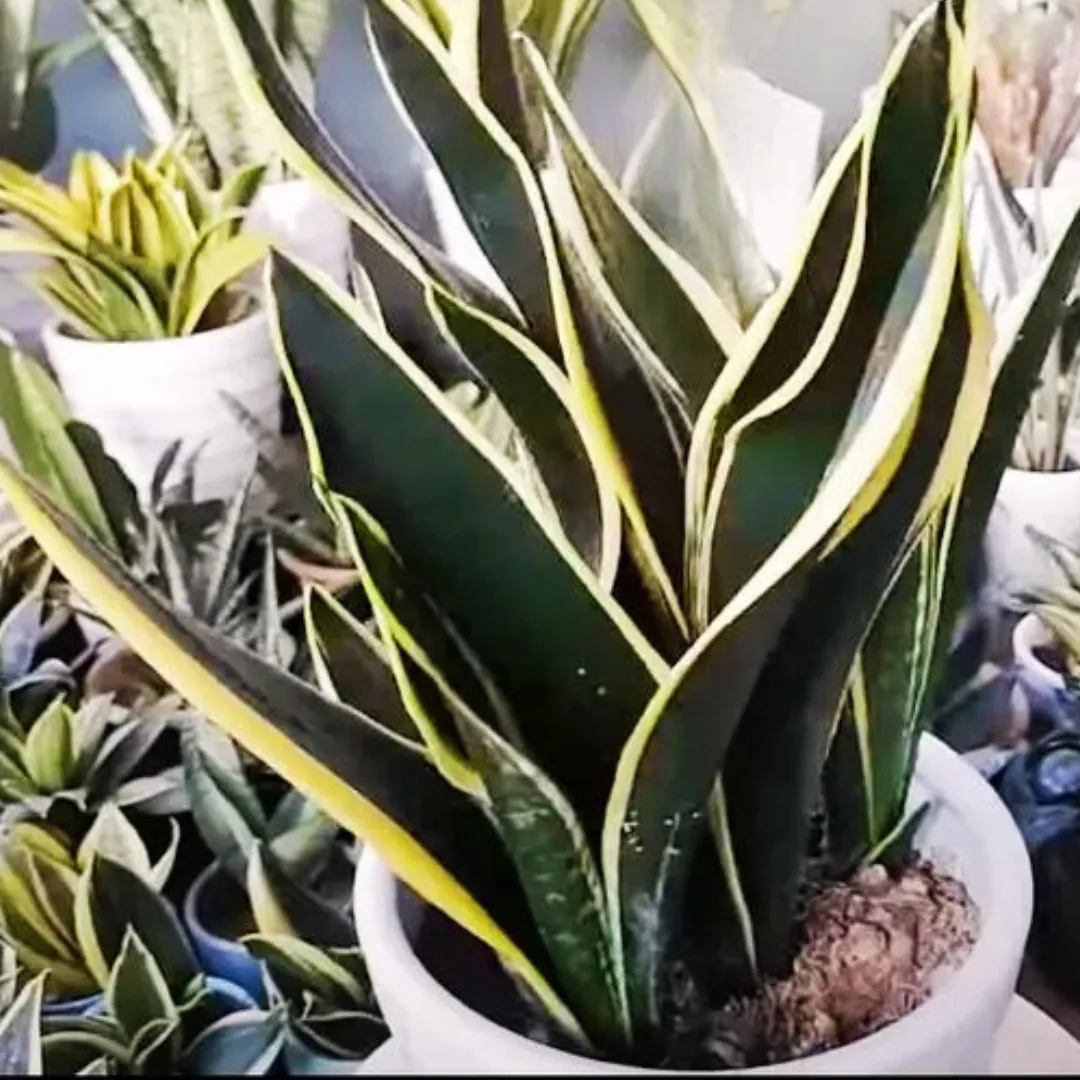
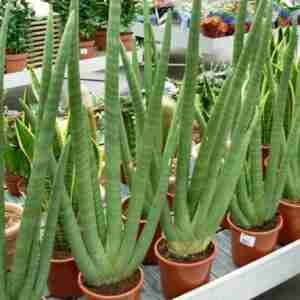
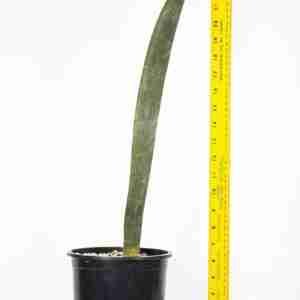
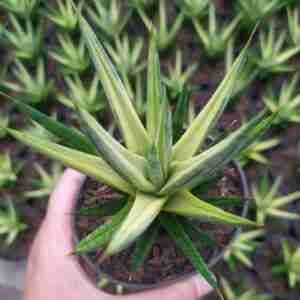

Reviews
There are no reviews yet.